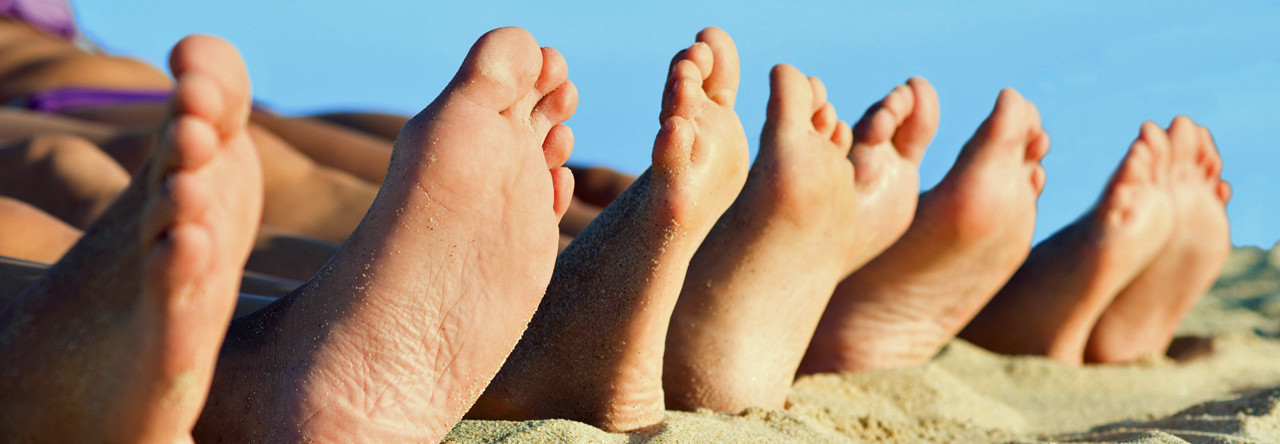Warts are actually benign tumors of the epidermis caused by a virus. The virus responsible is the human papillomavirus (HPV), a double-stranded DNA virus. The virus resides in the bottom layer of the epidermis and replicates into almost normal-looking skin.
Contrary to popular belief, warts do not have “roots”. They only grow in the top layer of skin, the epidermis. When they grow down, they displace the second layer of skin, the dermis. They do not grow into the dermis. The underside of a wart is actually smooth.
Salicylic acid is a very common and effective over-the-counter treatment, but requires consistent application every day. They best way to use salicylic acid is to first pare the wart with a blade, pumice stone, emery board, or small scrub brush. Soaking the wart in warm water will aid in the absorption of the medicine. Salicylic acid is applied to the wart and allowed to dry. Normal surrounding skin may be protected with petroleum jelly. Occluding the treated wart with a band-aid or piece of tape also improves the absorption of the medicine. This procedure should be repeated daily ideally around shower or bath time. Salicylic acid can be found in several forms including a thick oil, or incorporated into an adhesive plaster form.
Cryotherapy is another effective treatment of warts. Liquid nitrogen as a spray or on a cotton swab is applied to the wart freezes and kills the effected cells. The connective tissue is not destroyed; therefore, the lesion usually heals without significant scarring. The human papillomavirus is not killed by cryotherapy and is released into the surrounding tissue allowing the immune system to kill it. A blister typically forms on the site treated, crusts over, and falls off. Since blisters are painful to walk on, cryotherapy is not a first choice for warts on the bottom of the foot.
Category: Over The Counter Treatments
Excessive pressure on a particular area of the foot may cause a corn to form. A corn is a growth of skin protein or a toughening of the outer layers of the skin. Soft corns are nodules that grow between the toes, most often the fourth and fifth toes. Perspiration causes soft corns to break down and become extremely tender. It may be difficult to distinguish soft corns from athlete’s foot.
Hard corns generally occur on the sole of the foot or the top of the toe. Hard corns frequently are tender and have a clear, hard center when shaved. This distinguishes them from warts, which are not very tender and may bleed slightly when shaved.
Corn plasters, which are felt pads containing 40% salicylic acid, are available without a doctor’s order for hard corns. They may be effective in treating corns by eating away at the skin’s surface. To relieve pressure on toes, try Silopos toe sleeves, polymer gel (such as Cushlin Gel), foam padding or lamb’s wool.
